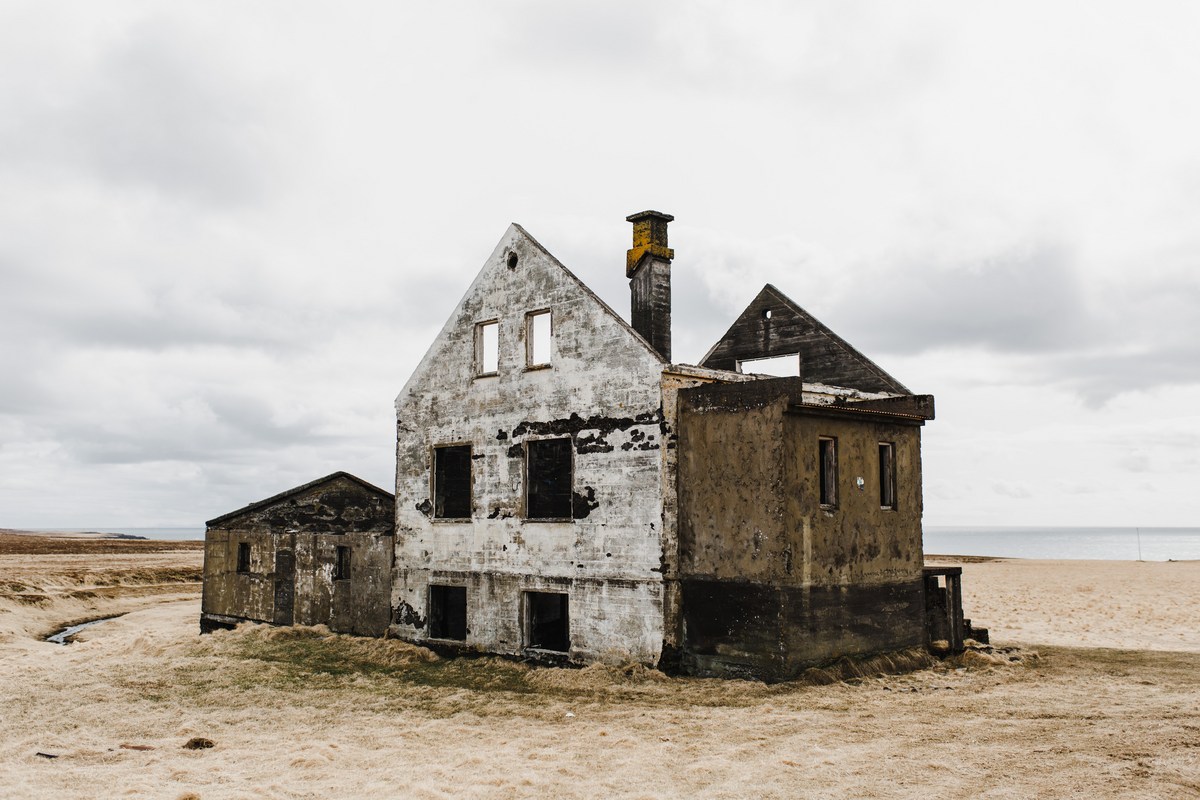Secrets Of Minnesota’s Ancient Trading Routes

Have you ever wondered how ancient civilizations traded goods across vast distances without modern technology? Minnesota holds some fascinating secrets about ancient trading routes. Long before highways and railroads, indigenous peoples used rivers, lakes, and trails to exchange goods like furs, copper, and food. These routes connected tribes from the Great Lakes to the Great Plains, creating a network of commerce and culture. Imagine paddling a canoe loaded with valuable items, navigating through dense forests and open waters. These ancient paths not only facilitated trade but also fostered relationships and shared knowledge among different communities. Let's dive into the rich history of Minnesota's ancient trading routes and uncover their lasting impact.
Discovering Minnesota's Ancient Trading Routes
Minnesota, known for its 10,000 lakes, holds secrets of ancient trading routes that shaped its history. These paths, used by Native Americans and early settlers, reveal a rich tapestry of commerce and culture. Let's explore some key locations along these historic routes.
Mississippi River
The Mississippi River served as a major artery for trade and travel. Its waters carried goods and people, connecting various communities.
St. Paul: As the state capital, St. Paul was a bustling hub for fur traders and merchants. The city's location on the river made it a key stop for trade.
Minneapolis: Known for its flour mills, Minneapolis thrived on the river's power. The falls of St. Anthony provided energy for milling, making it a vital trading center.
Lake Pepin: This natural lake along the Mississippi was a gathering spot for traders. Its calm waters offered a safe harbor for boats carrying goods.
Minnesota River
The Minnesota River, another crucial waterway, linked various indigenous tribes and early settlers.
Mankato: Located at the confluence of the Minnesota and Blue Earth Rivers, Mankato was a strategic trading post. It connected different regions and facilitated the exchange of goods.
New Ulm: This town, founded by German immigrants, became a key trading center. Its location on the river made it accessible for trade and travel.
Granite Falls: Named for its rocky riverbed, Granite Falls was a natural crossing point. Traders and travelers used this spot to navigate the river's challenges.
Great Lakes Connection
Minnesota's connection to the Great Lakes opened up vast trading opportunities with other regions.
Duluth: Situated on Lake Superior, Duluth became a major port city. Its access to the Great Lakes allowed for the transport of goods to and from the Atlantic Ocean.
Grand Portage: This historic site was a key fur trading post. Located near the Canadian border, it connected traders to the vast network of the Great Lakes.
Overland Trails
Not all trade routes were water-based. Overland trails also played a significant role in Minnesota's trading history.
Pembina Trail: This trail connected St. Paul to Pembina in present-day North Dakota. It was used by fur traders and settlers moving westward.
Red River Ox Cart Trail: Ox carts carried goods along this trail from the Red River Valley to St. Paul. It was a vital overland route for trade and migration.
Native American Trade Networks
Long before European settlers arrived, Native American tribes had established extensive trade networks.
Mille Lacs Lake: This lake was a central meeting point for various tribes. They traded goods like wild rice, fish, and crafted items.
Itasca State Park: The headwaters of the Mississippi River, located in this park, were significant for trade. Tribes gathered here to exchange goods and stories.
Conclusion
Minnesota's ancient trading routes offer a glimpse into the state's rich history. From rivers to trails, these paths connected people and facilitated commerce. Exploring these locations provides a deeper understanding of Minnesota's past and its role in shaping the region.
Discovering Minnesota's Hidden History
Minnesota's ancient trading routes reveal a rich tapestry of history. These paths, once bustling with traders and explorers, now offer a glimpse into the past. Walking these trails, you can almost hear the echoes of footsteps from centuries ago. The routes connect you to the land's original inhabitants and their way of life. Exploring these paths isn't just a hike; it's a journey through time. Each step uncovers stories of trade, culture, and survival. Whether you're a history buff or just love a good adventure, these trails have something special. They remind us of the connections that shaped our world. So next time you're in Minnesota, take a moment to walk these ancient routes. You'll find more than just beautiful scenery; you'll discover a piece of history that still lives on today.

